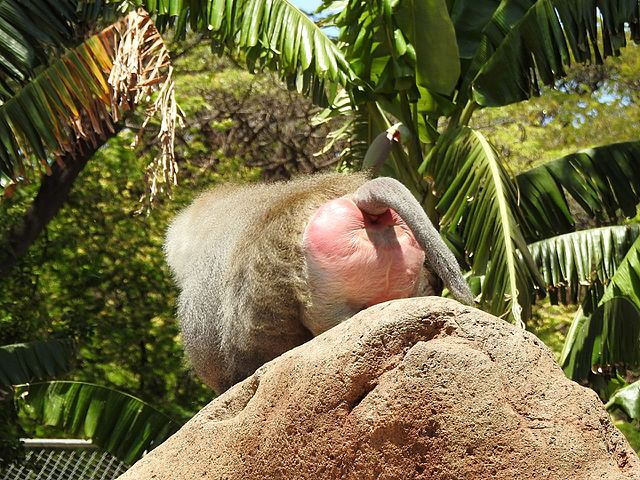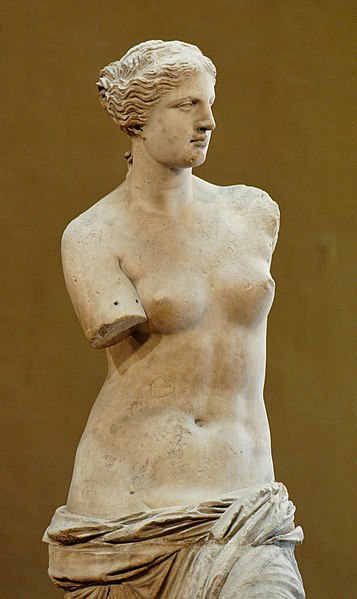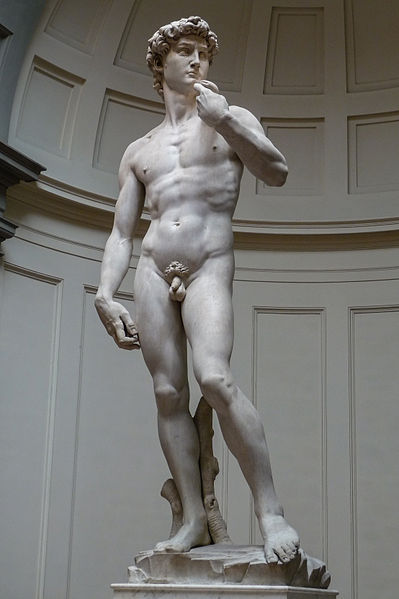Ovulatory shift hypothesis
The ovulatory shift hypothesis holds that women experience evolutionarily adaptive changes in subconscious thoughts and behaviors related to mating during different parts of the ovulatory cycle. It suggests that what women want, in terms of men, changes throughout the menstrual cycle. Two meta-analyses published in 2014 reached opposing conclusions on whether the existing evidence was robust enough to support the prediction that women's mate preferences change across the cycle. A newer 2018 review does not show women changing the type of men they desire at different times in their fertility cycle.
Female baboons and many other primates experience sexual swellings that advertise their fertility during estrus. Humans do not display any such obvious physical signals of fertility, but may still experience a subtle estrus-like state.
Hormonal changes across the ovulatory cycle. Researchers hypothesize that changes in estradiol (blue) and progesterone (black) primarily drive changes in mating-related thoughts and behaviors.
Female humans and other primates find faces with high levels of symmetry and masculinity more attractive, especially at high fertility.
Physical attractiveness is the degree to which a person's physical features are considered aesthetically pleasing or beautiful. The term often implies sexual attractiveness or desirability, but can also be distinct from either. There are many factors which influence one person's attraction to another, with physical aspects being one of them. Physical attraction itself includes universal perceptions common to all human cultures such as facial symmetry, sociocultural dependent attributes, and personal preferences unique to a particular individual.
Venus de Milo at the Louvre has been described as a "classical vision of beauty".
Michelangelo's David is considered a symbol of young male beauty and strength.
Ishtar, Mesopotamian goddess of sexual love and war. The goddess has been associated with sexuality, love, and fertility.
Xi Shi (西施), born 506 BC, was one of the Four Great Beauties of ancient China.







